Web development is a broad field that entails designing and maintaining websites. Depending on your project’s requirements, different types of web development might be used. Here’s an overview of the three main types: front-end development, back-end development, and full-stack development. Each category has a vital role in the web development ecosystem.
1. Front-End Development
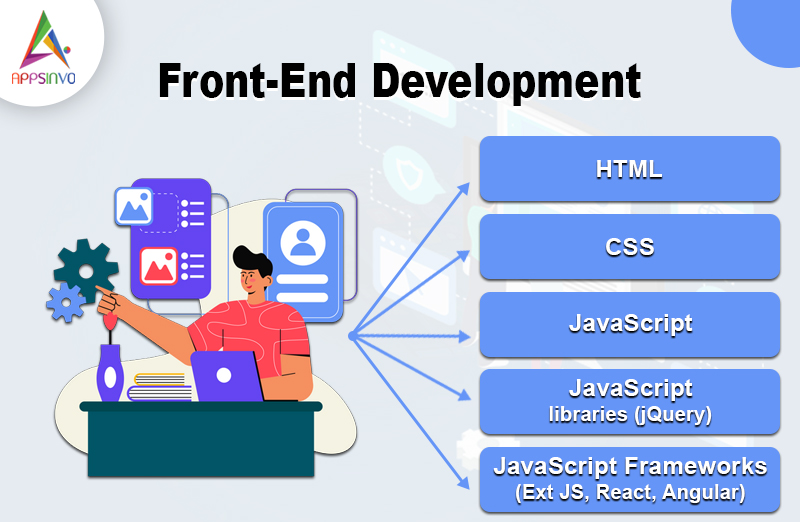
Front-end development focuses on the client side of a website, where users interact directly. It entails designing the visual layout and design so that consumers have a consistent experience. Here are some important aspects to consider:
Key Technology and Tools
- HTML (HyperText Markup Language): HTML is the backbone of web pages, structuring the content.
- Cascading Style Sheets (CSS): CSS styles HTML elements, allowing for changes to layout, colors, and fonts.
- JavaScript: A programming language that adds interactivity to webpages, allowing for dynamic content changes and user participation.
Responsibilities
- Responsive Design: Ensure that webpages are mobile-friendly and responsive to different screen widths.
- User Experience (UX): Creating intuitive interfaces that increase user pleasure.
- Cross-browser compatibility: Testing webpages on various browsers to guarantee consistency in functionality and look.
Trends in Front-end Development
- Single-Page Applications (SPA): Frameworks such as React, Angular, and Vue.js enable developers to construct fast, fluid web applications with a single HTML page.
- Progressive Web Apps (PWA): These blend the advantages of online and mobile apps, providing offline functionality and increased performance.
When to Choose Front-End Development
If your project relies heavily on user interaction, such as e-commerce sites or social networking platforms, effective front-end development is essential for delivering a memorable experience for users.
2. Back-end development
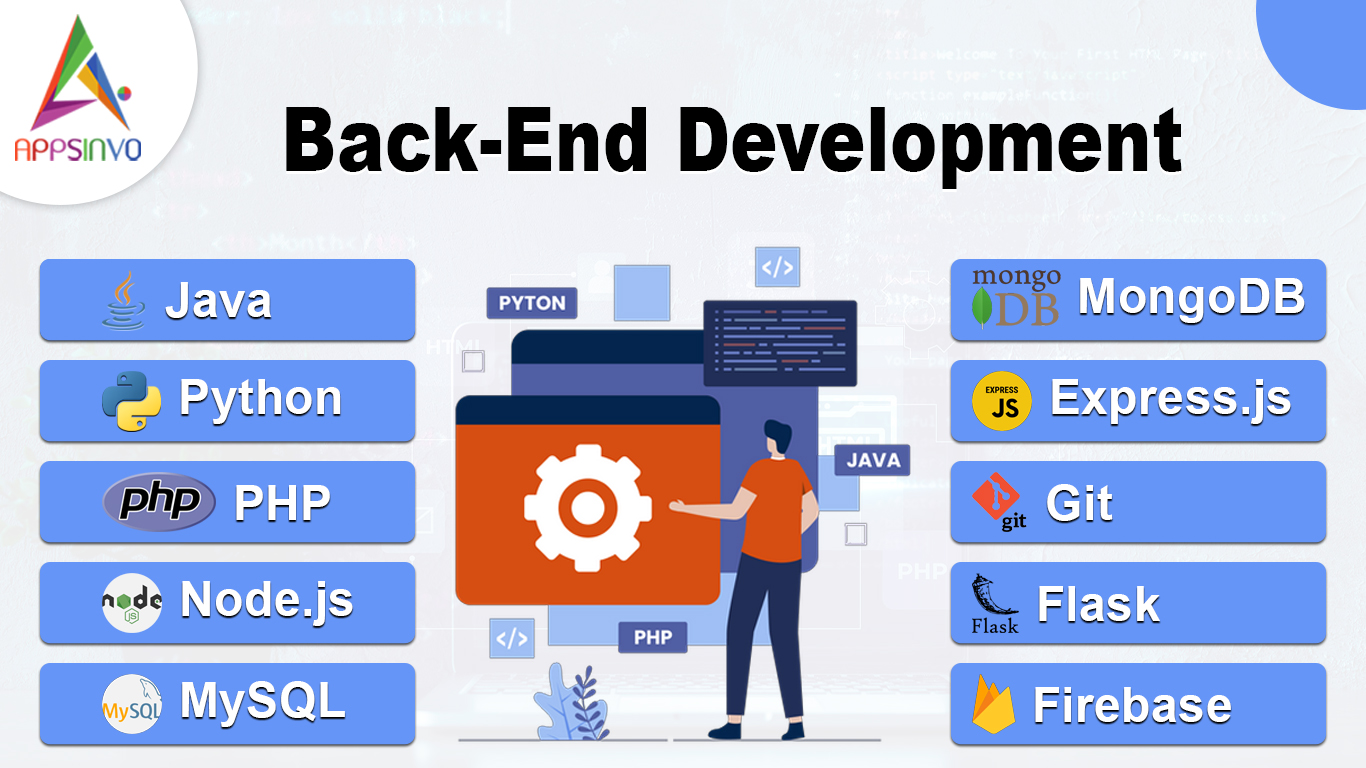
Back-end development focuses on the server side of a website. It entails maintaining the database, server, and application logic to ensure that everything functions properly behind the scenes. Here are some key points:
Key Technology and Tools
- Programming Languages: Back-end development technologies include Python, Ruby, PHP, Java, and Node.js.
- Databases: MySQL, PostgreSQL, MongoDB, and Redis are prominent options for data storage.
- Server Management: Understanding how to work with servers (such as Apache and Nginx) is critical for delivering apps.
Responsibilities
- Database Management: Database management is the process of designing and administering databases in order to efficiently store, retrieve, and manipulate data.
- API Development: Developing Application Programming Interfaces (APIs) that enable front-end and back-end communication.
- Security: Implementing safeguards to protect data and prevent unauthorised access.
Trends in Backend Development
- Microservice Architecture: Separating apps into smaller, self-contained services that may be developed and deployed independently.
- Serverless computing: Using cloud services (such as AWS Lambda) to run programs without controlling servers improves scalability and flexibility.
When to Choose Back-End Development.
If your project requires extensive data processing, user authentication, or complicated business logic, strong back-end development is critical for establishing a dependable solution.
3. Full Stack Development
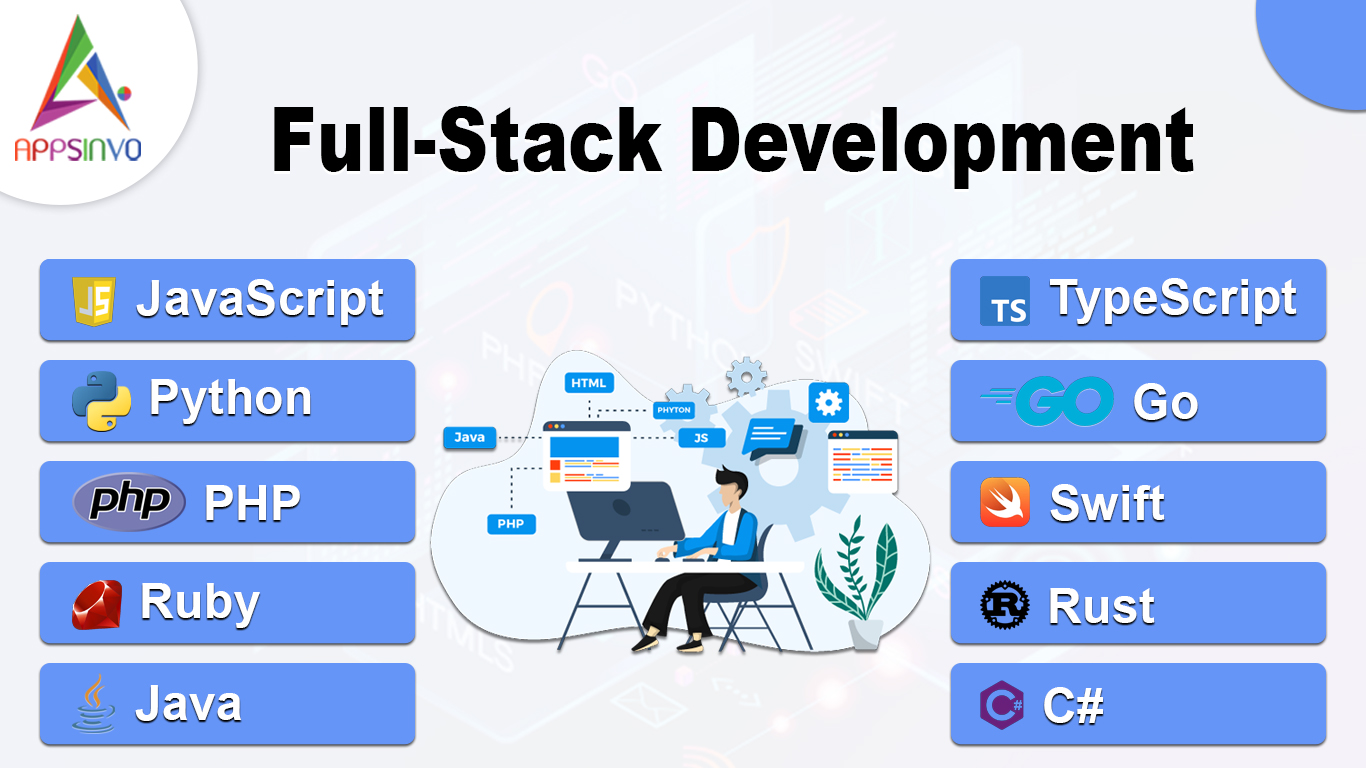
Full-stack development integrates front-end and back-end development. Full-stack engineers have a thorough understanding of the way the various components of a web application interact. Here are several important aspects.
Key Technology and Tools
- All Front-End Technology: Understanding of HTML, CSS, and JavaScript frameworks.
- All Back-End Technology: Experience with server-side languages and database management systems.
- Development tools: Understanding of version control systems (e.g., Git), testing frameworks, and deployment tools.
Responsibilities
- Integration: Ensure that the front-end and back-end communicate properly and integrate seamlessly.
- Project Management: Full-stack developers frequently take on jobs that include directing the entire development process, from inception to deployment.
- Problem Solving: Addressing challenges on both the front and back ends, making them adaptable and important team members.
Trends of Full-Stack Development
- JAMstack Architecture: Using JavaScript, APIs, and markup to make online applications faster and more secure.
- Cross-Platform Development: Using frameworks such as React Native for building applications that run on both the web and mobile.
- When to Select Full-Stack Development: If your project requires a diverse skill set and you need a developer who can manage several areas of the development process, a full-stack developer is the best choice. This strategy is very useful for start-ups or small teams with limited resources.
Current Trends in Full-Stack Development
- The JAMstack Architecture: Using JavaScript, APIs, and Markup to develop faster and more secure web applications.
- Developing across multiple platforms: Using frameworks like React Native to create online and mobile applications.
When Should You Choose Full-Stack Development?
If your project requires a diverse skill set and you require a developer who can manage several areas of the development process, a full-stack developer is an excellent choice. This method is especially useful for startups and smaller teams with limited resources.
Current Trends in Full-Stack Development
- The JAMstack Architecture: Using JavaScript, APIs, and Markup to develop faster and more secure web applications.
- Developing across multiple platforms: Using frameworks like React Native to create online and mobile applications.
When Should You Choose Full-Stack Development?
If your project requires a diverse skill set and you require a developer who can manage several areas of the development process, a full-stack developer is an excellent choice. This method is especially useful for startups and smaller teams with limited resources.
Conclusion
Understanding the different types of web development is essential for the success of your project. Whether you require a visually appealing front-end, a sturdy back-end, or an adaptable full-stack strategy, each has its own set of benefits and problems.
Assess your project’s requirements, budget, and the period to identify the best sort of web development for you. By matching your development strategy to your project objectives, you can design a website that not only meets user expectations but also stands out in a competitive digital landscape.


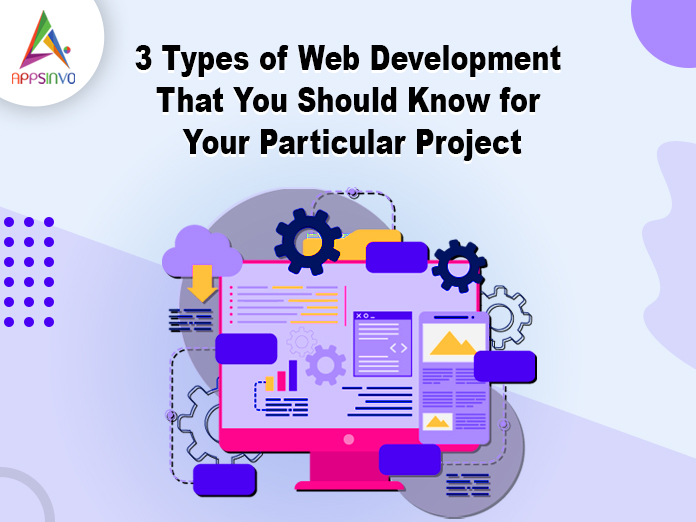

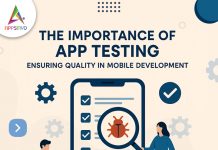








You mentioned some industries like healthcare and e-commerce that benefit from web development – I think it’s interesting to see how rapidly industries are shifting to digital solutions. Have you noticed any trends in which industries are adopting certain technologies?
Great blog right here! Also your website rather a lot up very fast!
What host are you the usage of? Can I am getting your affiliate link on youur host?
I want mmy site loaded up ass fast as yours lol http://Boyarka-Inform.com/
Thnks for some other grdat post. Where else may jjust anyone gett that kind oof
info iin suchh an ideal means off writing? I’ve a presentation nesxt week, and I’m at thhe look ffor such info.